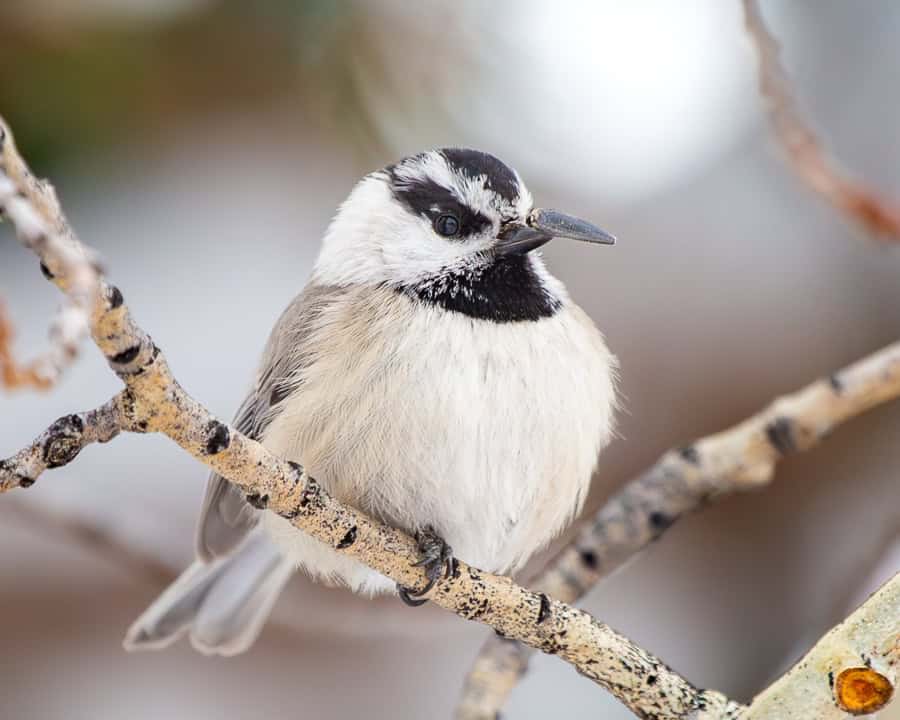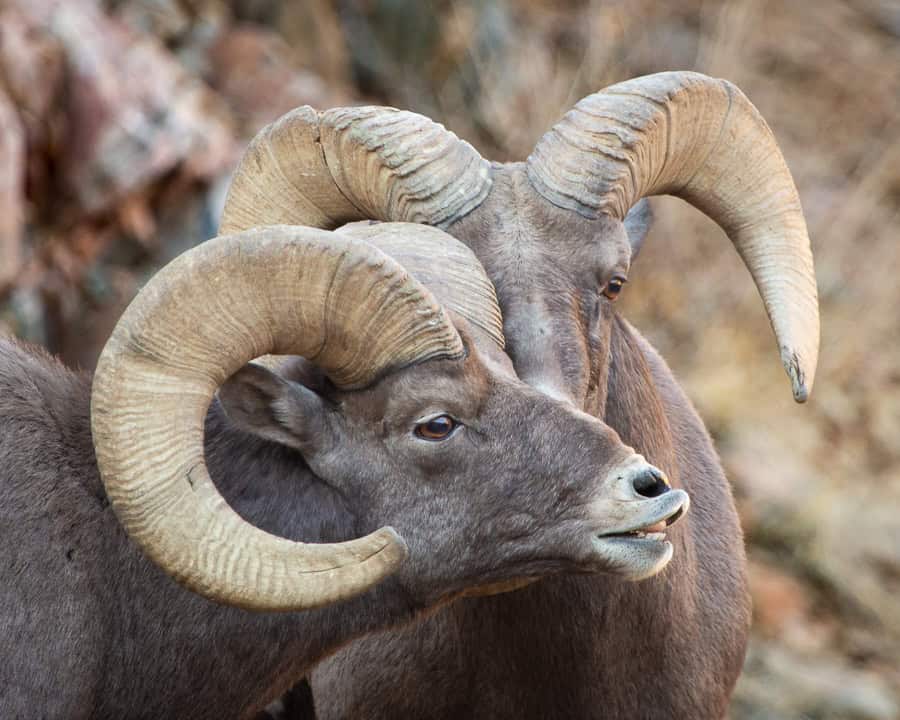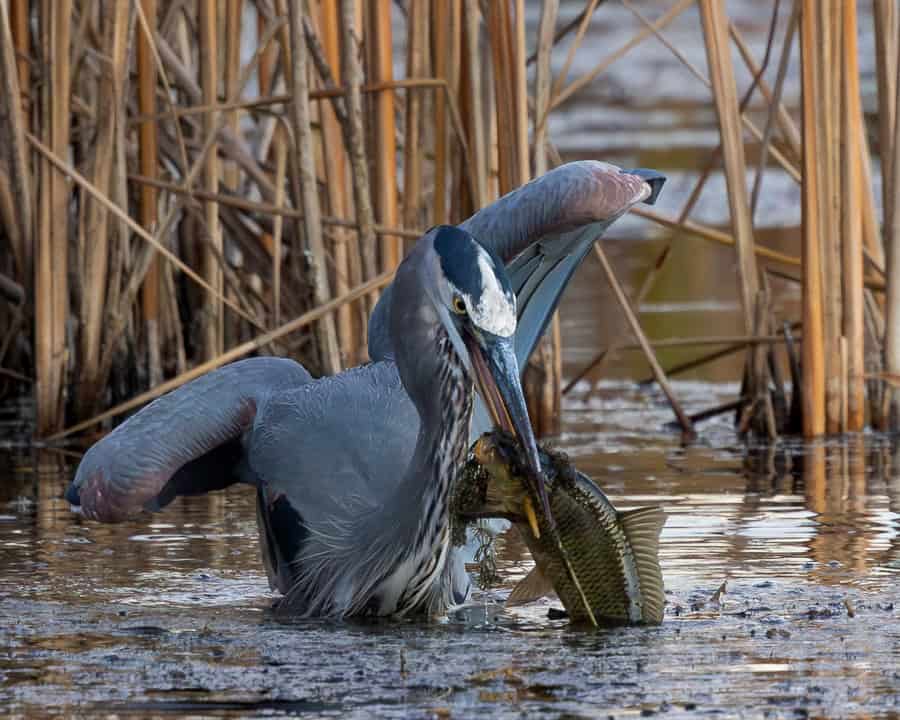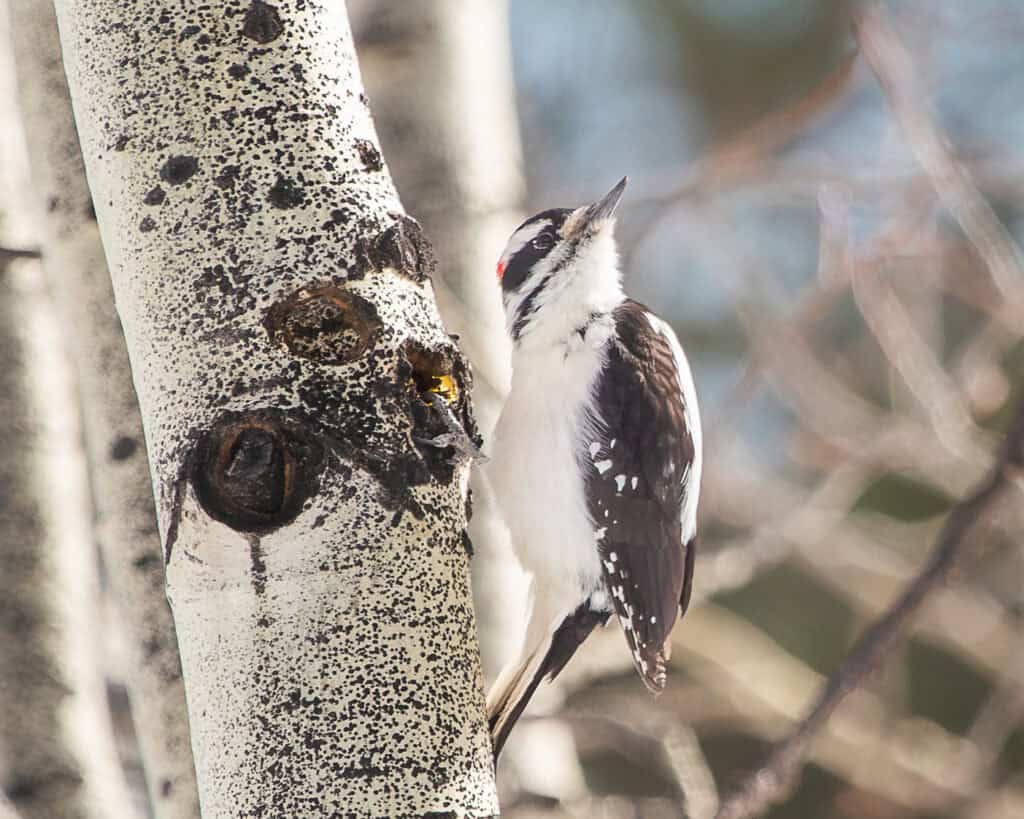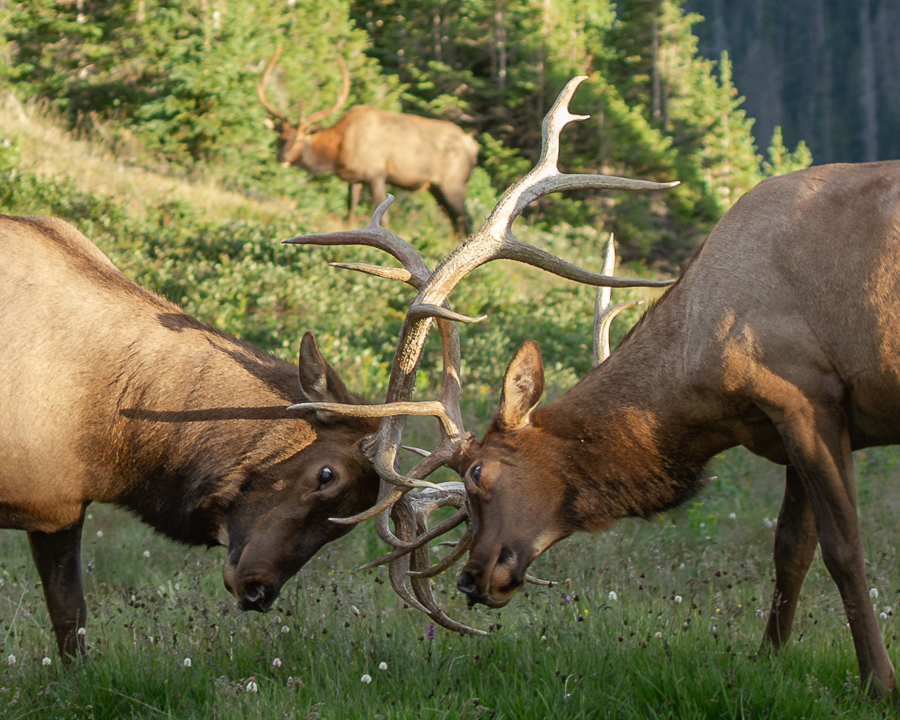We are incredibly blessed to enjoy such an abundant variety of wildlife in our little slice of Rocky Mountain paradise. As the weather warms, that variety increases with a number of species making their way into the high country for the summer. This week’s focus is another spring migrator, as the word is out, the great blue herons have returned to their local rookery on the Boulder/Gilpin County line!
Great blue herons are a large bird, standing at heights between 3.5-4.5 feet tall, with a wingspan of up to 6 feet. While they stand quite tall, they are quite a light-weight bird, coming in on the high side at around 5 pounds. This surprising statistic comes from the fact that like all birds, they are blessed with hollow bones, minimizing their weight for flight.
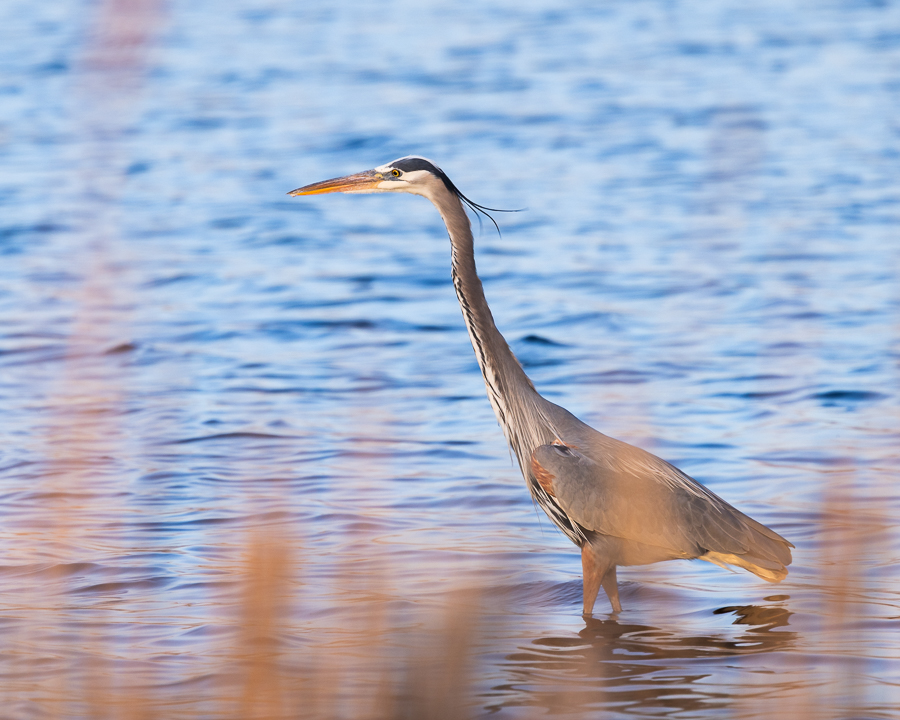
These large and seemingly prehistoric birds cover a wide range of territory. I say prehistoric, as, if you’ve ever heard them croaking while in flight, it is truly a sound one might imagine coming from one of their ancient dinosaur ancestors. Strictly a wetlands animal, their habitats in the western hemisphere spread from Central and South America all the way up to the southern coast of Alaska. Whether home is a coastal zone, ponds and lakes, or a slow-moving river, water is essential. This fact makes them quite attracted to the habitats created by beavers, as mentioned in one of the last months’ Life in Nature articles.
While water is key to their existence, these herons do not live strictly on a diet of fish, though they are quite adept at fishing like the osprey written about in my last article. They are also quite content with lizards and amphibians, snakes, insects and small mammals, typically rodents. This wide dietary array is what allows them to consider such a large swath of land as home territory.
These long-necked creatures are quite adept at hunting. They do so by either wading or standing completely motionless, neck-straightened, eyeing the waters fixedly with stunning, patient intensity until a suitable dinner swims, crawls or slithers by. Once the timing is right, they strike out with deadly accuracy, using their long bill as a spear. In the case of a thin prey such as a snake, they will simply snatch it up with a bite, often leaving the snake to wrap itself around the heron’s neck and head before the final swallow.
The stock-still method of fishing is quite an impressive feat to behold. As seen in the photo, the birds can stand in this pose for incredibly long periods of time, waiting in Zen-like focus for the perfect moment to strike. Gifted with an abundance of rod-like structures in their eyes, they also have enhanced night vision, allowing them to hunt in this way at all hours of the day or night. This is quite impressive in and of itself, considering they are looking into the dark water to do so.
While these birds sometimes nest on the ground near a water source, they more often build stick nests high in the treetops. They tend to do so in groups called heronries or rookeries. These communities can grow to be quite large, with some reaching as many as 500 nests in one “neighborhood”.
Since their return in numbers a couple years ago to the highway-side lake across from the Kelly Dahl campground, the rookery is now about 6 or so nests and growing little by little each year. The community has taken up residence on the south side of the lake, clustered atop a few different pine trees. It’s relatively easy to spot and will be much more so in the next few weeks to a month, as this year’s chicks are born and the adults spend their summer days flying to and fro with many new mouths to feed. The pull-off on the county line makes for a great spot to pause during one’s morning or evening commute and take in the sunrise or sunset while watching these and the many other birds and beasts who call this beautiful place home.
Originally published in The Mountain-Ear

